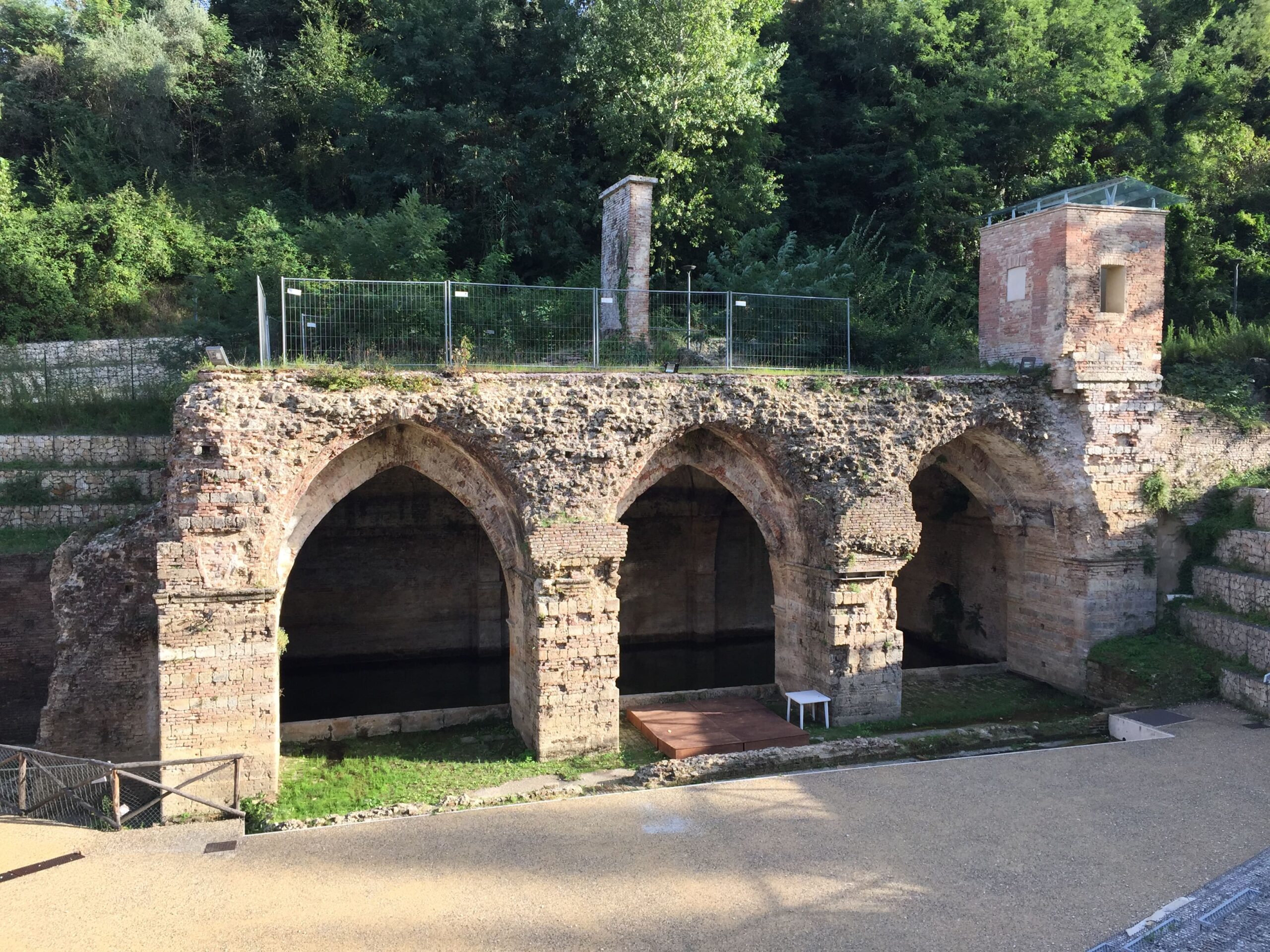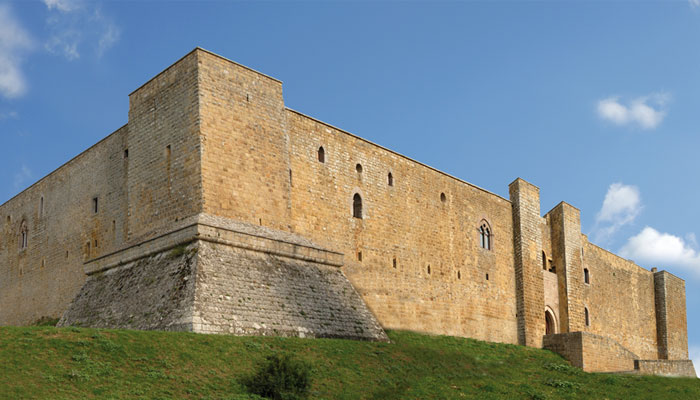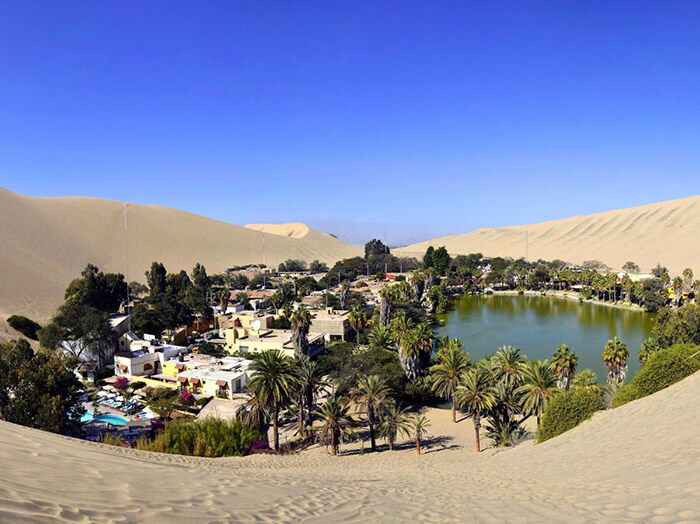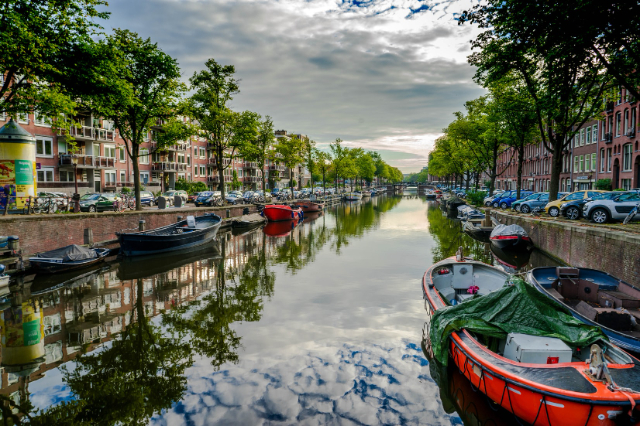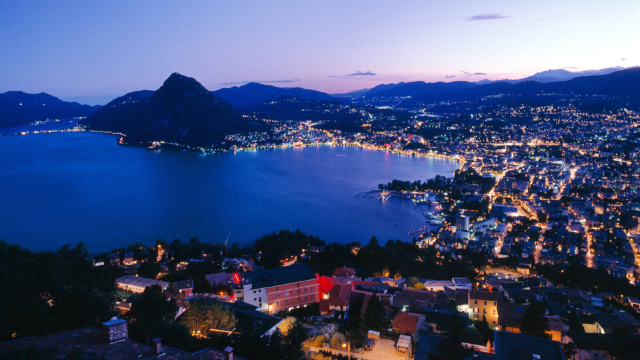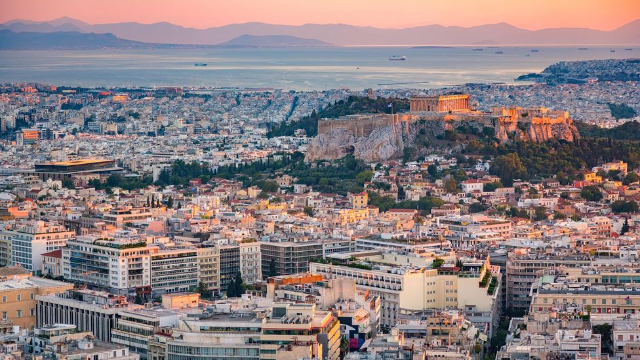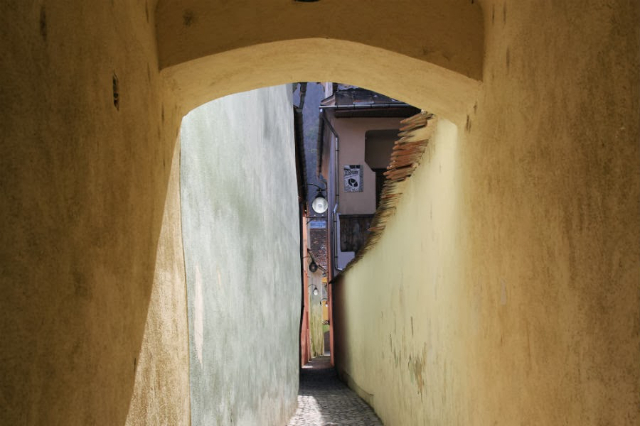Siena still draws its drinking water from various sources (not springs), the origins of which in some cases are lost in time, as well as the creation of the incredible network of chambers, passages and tunnels that unfolds underground in the city: the distance that can be covered underground in Siena is greater than that of its streets on the surface. If the most artistically valuable is the Fonte Gaia by Jacopo della Quercia in Piazza del Campo, one of the largest, and yet unknown to most, is the admirable Fonte di Follonica. Three very large Romanesque arches have come down to us, with cross vaults to shelter the basins. The area where the Fonte di Follonica is located is a valley east of the city. The area, which takes the name of "Valley of Follonica", siconfigurava during the first half of the XIV secolocome an open space outside the city walls until 1416, when it was incorporated into it. We do not know the exact date of costruzionedella Source of Follonica, but we know that in 1226 already spoke of the existence of an "old source", ofquale remains no trace and a "fontenuova".
The name Follonica derives from the Latin fullones, that is, from the workers of woollen cloths who worked in this area of Siena. Fulling was a very important stage in the production process, which consisted of immersing the newly woven cloth in basins of water and soda and pounding it; sometimes the cloth was subjected to the blows of heavy mallets, often moved by a water mill.
The spring is located under the convent of San Francesco, in a green area inside the walls, accessible from the gardens of the Leocorno district, next to San Giovannino della Staffa.
